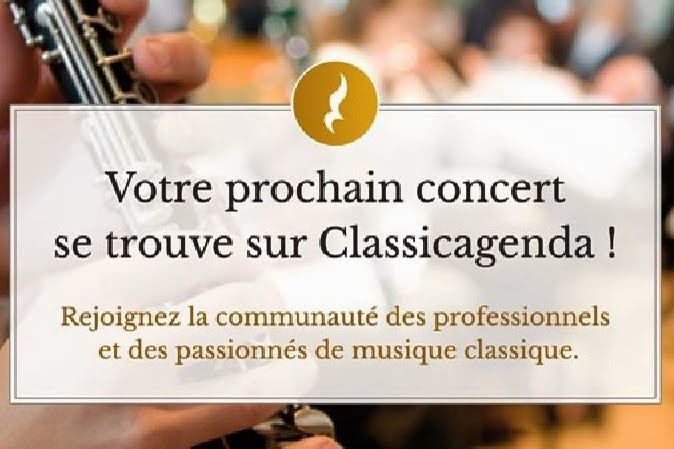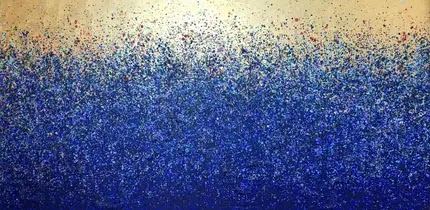
I made a
post about the Saint-Eustache Church already in my previous blog (see here),
now a bit more than ten years ago. I thought it was now time to make a new post. The church is spectacular and has a lot of history to
tell, and especially... I discovered some details which I neglected in my
previous post.
Let’s first
have a general look on the church. Here, we can see the church already in
1734, then about 200 years old, surrounded by buildings. I turned “Google
Earth” in the same direction – west-east, to compare with today.
We can see that the western facade has
been remade… or I would rather say, has never been finished. One tower is still
missing.
So, we can also see that the church today, still, is squeezed in between other buildings - some buildings may
even be the same as in 1734.
There are
still shops in what must be considered as the church building. You often saw
this a century or more ago.
But of
course, one side of the church is now completely visible. This is the way we today mostly know it, from where the “Halles” used to stand (see previous posts) – and
this is where you today must consider that the "main entrance" is situated. … and
the bell rings from this little tower.
One thing which
I didn’t realize before was the enormous sun dial, now newly cleaned and
renovated… and especially, a bit further down, something which obviously is a “meridian
dial”. A bit difficult (for me) to understand,
but I read that the lines are etched on quarter hours, between 11 a.m. and 1 p.m.
and obviously this is supposed to be a rather precise tool. I took my
photos rather late in the afternoon… and the shadows didn’t give me any hour…
Some newly
renovated decorations on the facade.
Something,
which I had not noticed at all before was the deer - or stag - head in the top
angle of the southern facade (see top picture). So I had to learn about the
legend about Saint-Eustache, Saint Eustace in English. He was a 2nd
century Roman general, named Placidus, who, when hunting around Rome, had a
vision of a crucifix lodged between the stag’s antlers… and he was immediately
converted … and he changed his name. You can read more about him and what then –
possibly, according to the legend – happened to him and his family, ending their lives as martyrs,
here.
The
story was illustrated by many artists, including Dürer, Bellini, Pisanello…
A few
photos from the magnificent interior…
… with the
always ongoing (needed) renovations.
We must
remember that Richelieu, Molière, Madame de Pompadour... were baptized here, that
Louis XIV made his first communion, that Lully, Sully got married, that Mozart organized
the funeral services of his mother, that Colbert, Rameau and many others are
buried in the church, that Berlioz and Liszt gave concerts – the organ is
considered to be one of the world’s best.
Here are
some examples of works of art - one painting which used to be attributed to
Rubens (not anymore), one sculpture by Pigalle and, perhaps more surprisingly, a
triptych by Keith Haring.
A last little thing... you can now donate by using your credit card.
































































